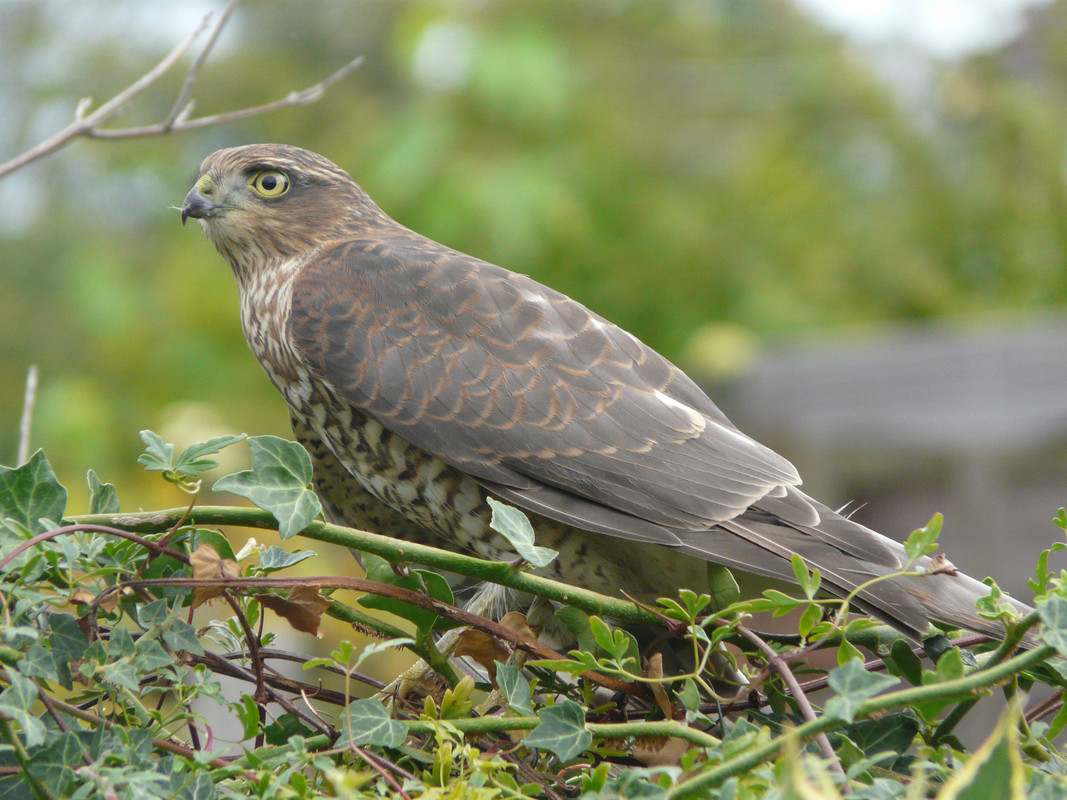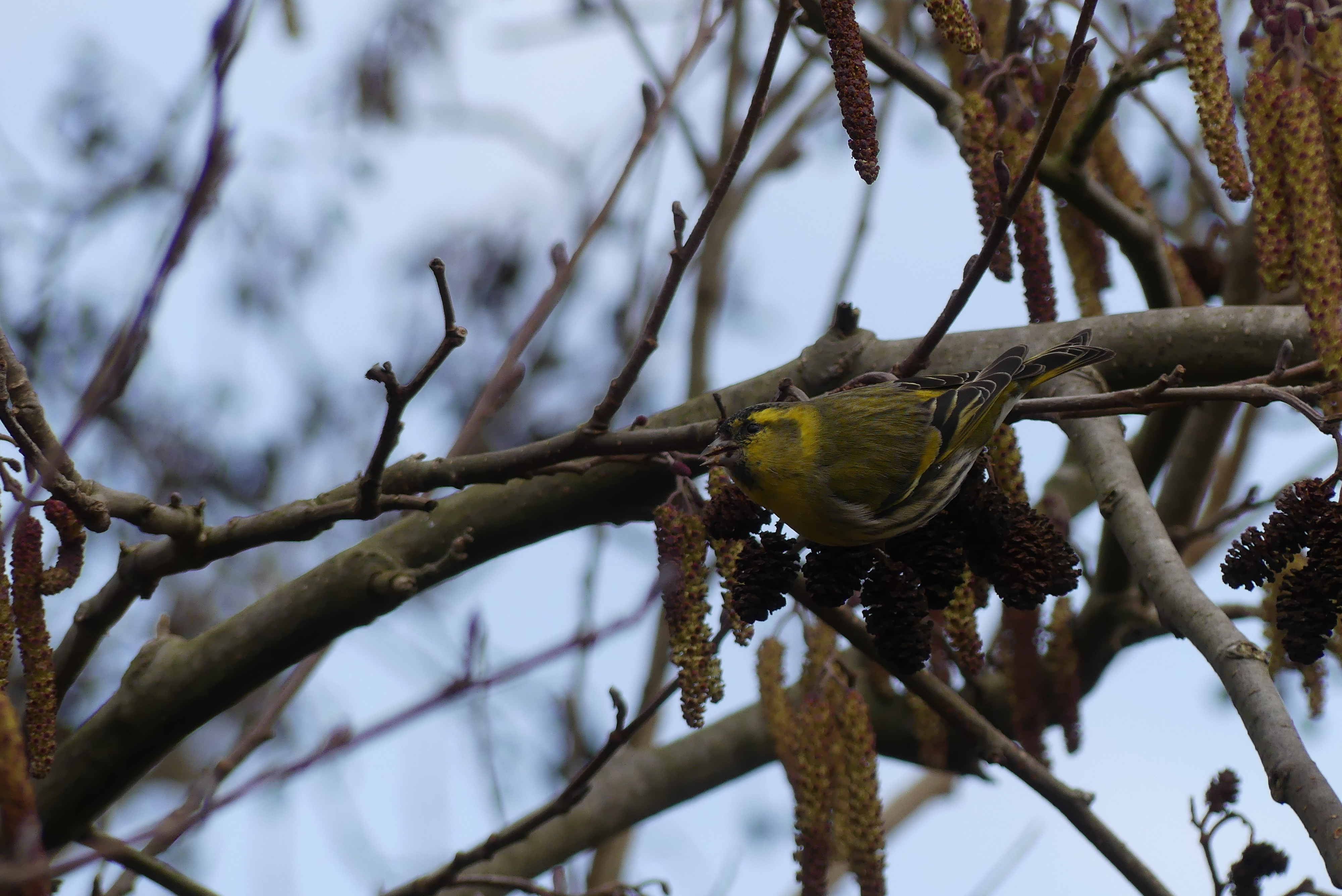Wildlife sightings for 13th May 2014
2 Black - Necked Grebe - main lake
2 Little Ringed Plover - wader scrape
1 Common Sandpiper - main lake
1 Yellow Legged Gull (2nd summer) - main lake
2 Mandarin - main lake
1 Whinchat - main lake in front of observatory
1 Buzzard - circled site
Please note, the number of Sand Martins nesting has dropped over the last couple of years, so we will close the nest bank until they have raised their first brood to see if this helps encourage them to breed. We will re-open it for their second brood in June.
May bird highlights: Red Kite, Goshawk, Marsh Harrier, Hobby, Little Egret, Bar-tailed Godwit, Greenshank, Little Ringed Plover, Ringed Plover, Common Sandpiper, Green Sandpiper, Wood Sandpiper, Dunlin, Whimbrel, Oystercatcher, Little Tern, Arctic Tern, Common Tern, Black-Necked Grebe, Swift, Yellow Wagtail, White Wagtail.
Spring is well underway with many birds singing and displaying across the reserve. Among those now in full song are Chiffchaff, Willow Warbler, Blackcap, Great Tit, Chaffinch, Song Thrush, Blackbird, Robin, Cetti’s Warbler, Greenfinch, Wren and Reed Bunting. Lapwing and Redshank are busy performing noisy display flights and scraping out nests on the islands and fields. Great Crested Grebe pairs have been courtship dancing for several weeks now, being one of the earliest wildfowl to nest here. The first Sand Martin was recorded on March 15th. The first Wheatear was spotted on the marsh on March 21st. More Chiffchaff, Willow Warbler and Blackcap are arriving every day, many securing their territories while others are simply passing through north and west. Whitethroat was recorded April 10th. The first few Swallow and House Martin appeared early this month.
A high count of 10 Yellow Wagtails was recorded on the marsh mid-April. Expect to see more of these through May, along with further Wheatear and possible Ring Ouzel dropping in. There are still a few Snipe hiding out on the marsh and the edges of the scrape, with Jack Snipe still recorded into April this year.
Flowering plants: Black Medick, Buckthorn, Cut-leaved Crane’s-bill, Dog-rose, Globeflower, Greater Celandine, Horseradish, Meadow Clary, Raspberry, Yellow Iris, Common Stork’s-bill, Goat’s-beard, Hairy Tare, Hoary Cress, Adder’s-tongue fern, Common Spike-rush, Dogwood, Germander Speedwell, Glaucous Sedge, Ground Ivy, Hedgerow Crane’s-bill, Meadow Foxtail, Red Clover, Round-leaved Crane’s-bill, Solomon’s Seal, Star-of-Bethlehem, Tuberous Comfrey, White Campion, White Water-lily, Beaked Hawk’s-beard, Bird Cherry, Bistort, Bluebell, Bogbean, Bugle, Cleavers, Clustered Mouse-ear, False Fox-sedge, Field Forget-me-not, Garlic Mustard, Greater Stitchwort, Greater Tussock-sedge, Guelder-rose, Lesser Pond-sedge, Meadow Buttercup, Ox-eye Daisy, Pendulous Sedge, Red Campion, Red Valerian, Salad Burnet, Smooth Meadow-grass, Sweet Vernal-grass, Whitebeam, Wood Avens.
Butterflies and Moths: transect on 21st April: Brimstone (7 male, 2 female), Orange Tip (4 male, 5 female) > Small White (5), Peacock (5), Speckled Wood (5) > Holly Blue (4) > Green-veined White (3) > Red Admiral (1), Small Tortoiseshell (1), Comma (1), Herald Moth (1).
Hoverflies: Melanostoma scalare, Epistrophe eligans, Riponnensia splendens, Eristalis pertinax, Eristalis intricarius, Myathropa florea, Helophilus pendulus.
Other insects: Honey Bee, Buff-tailed Bumblebee, Early Bumblebee, Common Carder Bee, Hairy-footed Flower-bee, Common Green Shield-Bug, Large Red Damselfly, 7-Spot Ladybird, Harlequin Ladybird.
Amphibians: male and female Smooth Newts mostly found in the South Route ponds; Marsh Frogs seen and heard in the car park ditch, entrance lake and wildside ponds.
Bats: a few Soprano Pipistrelles, 1 Common Pipistrelle and a few Daubentons.
Reptiles: The first survey of the year revealed a total of 84 Slow Worms, 15 Common Lizards and 3 Grass Snakes. The WWF hide area is the best bet for basking Lizards



